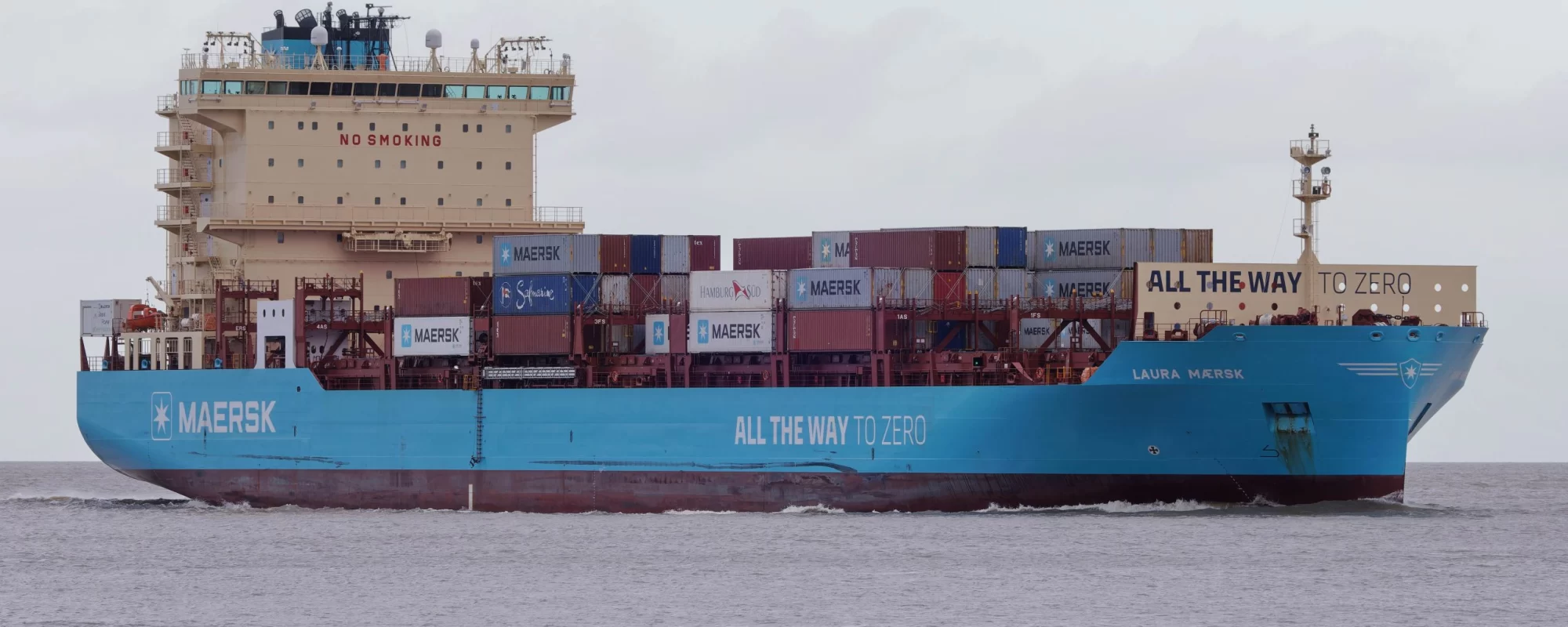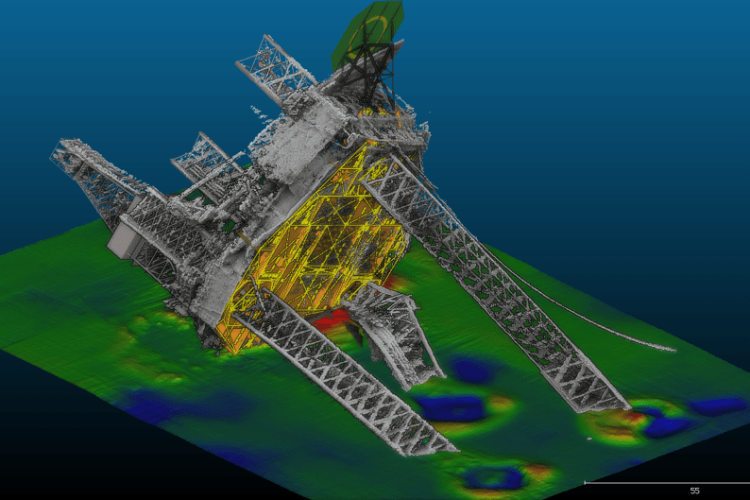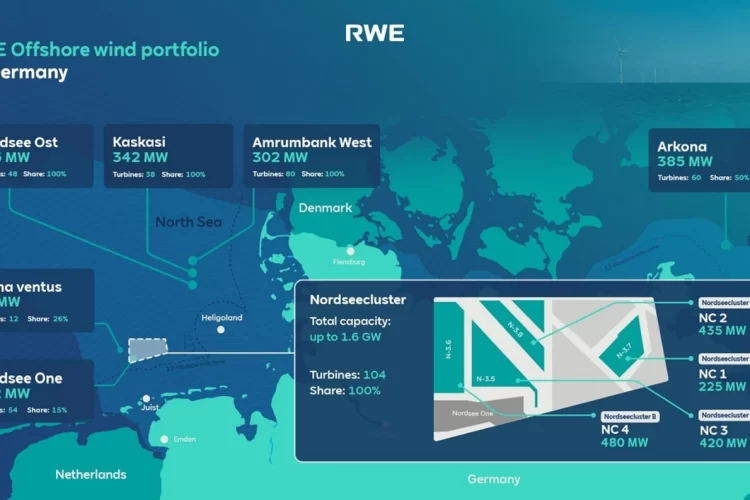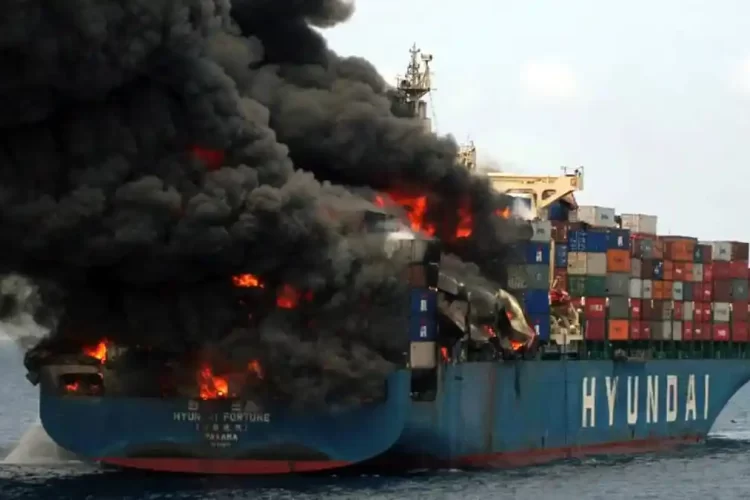Alternative Fuel Options – Methanol: Best Practices for Storage, Handling, and Safety
Methanol has emerged as one of the promising low-carbon fuel options to meet the net zero ambitions of the maritime industry. While Liquefied Natural Gas (LNG) is currently leading as a transitional fuel, zero-emission alternatives like methanol and hydrogen are gaining traction. It remains uncertain which fuel will dominate the future market, suggesting a diverse range of alternative fuels will likely be needed to meet future demand.
Methanol is already in use on commercial vessels, recognised for its low carbon emissions and easier storage compared to cryogenic fuels like LNG, ammonia, or hydrogen. Methanol’s storage, handling, and safety are governed by the International Code of Safety for Ships using Gas or other Low-flashpoint Fuels (IGF Code) and MSC.1/Circ.1621, which specifically address the requirements for bunkering, storage, and onboard handling.
Storage
Methanol stays in liquid form at ambient temperature and pressure, making it easier to store compared to other cryogenic alternative fuels such as LNG, Ammonia or Hydrogen. With a boiling point of 65 °C, there is minimal concern about vapour pressure control in fuel tanks. However, its low flash point necessitates maintaining an inert atmosphere in fuel tanks during operations. To meet this requirement, a nitrogen production and storage system onboard might be necessary.
Integral fuel tanks must be shielded by a cofferdam, excluding areas bound by the shell plating below the lowest possible waterline. Independent tanks can be located on an open deck or within a fuel storage hold space, each requiring specific safety measures like drip trays and emergency cooling systems. Portable fuel tanks must meet independent tank standards and include integration with the ship’s control systems and safe connection methods.
Bunkering
Bunkering methanol is similar to conventional fuel bunkering but with added safety protocols under the IGF Code:
- Planning: Each operation must be individually planned with the bunker supplier, including a combined risk assessment, compatibility assessment, and joint operation plans.
- Emergency Shutdown System (ESD): Connect and test the ESD before methanol transfer.
- Prevent Contamination: Install a filter/strainer and purge bunker hoses with nitrogen before and after bunkering.
- Safety Measures: Ensure continuous monitoring of fuel tank levels, pressures, and the vessel’s moorings. Utilise dry break-away coupling to safely disconnect in case of vessel movement.
Bunker stations should ideally be on an open deck. If enclosed, proper ventilation and gas detection systems are required.
Handling
Ensure that fuel lines in the engine room and up to the consumers have a double skin with mechanical under-pressure ventilation. This system provides constant ventilation to the open air and detects leaks, connecting to a drainage tank for leak collection. The outer pipe must be gas and liquid-tight.
Each consumer should have a remotely operated shut-off valve, and a master shut-off valve should be in place to stop the methanol supply to all consumers simultaneously.
For vessels with dual-fuel engines, an automatic changeover system is necessary to switch from methanol to conventional fuel in case of a methanol shut-off, ensuring continuous power and propulsion. These engines also require conventional pilot fuel, which must always be in use when operating on methanol. Any loss of pilot fuel will trigger the methanol master valve to close.
All methanol fuel piping should be equipped for gas freeing and inerting.
Safety
Methanol is a toxic substance; ingesting as little as 10-30 milliliters can be fatal. Despite being fully miscible with water, methanol remains flammable even in high water concentrations, with a 75% water and 25% methanol mixture still considered flammable. As a chemical solvent, methanol affects materials selection and firefighting strategies.
Methanol’s molecular weight is slightly greater than air, causing liquid spills to pool and vapors to accumulate in confined or low-lying areas. While methanol dissipates easily in ventilated areas, it lingers in non-ventilated spaces. Its total miscibility with water reduces the environmental impact compared to conventional hydrocarbon fuels, but still requires effective gas detection systems.
All compartments containing the methanol fuel system must have a fire detection and alarm system complying with the Fire Safety System Code (FSS). The engine room and compartments with methanol components should be protected by an approved fire extinguishing system suitable for alcohol fires.
Essential First-Aid and Fire Safety Measures
Methanol burns with a clear, smokeless flame, making it difficult to see in daylight. It remains flammable even when mixed with water at a ratio of 4:1. Use alcohol-resistant firefighting foam or dry powder for methanol fires. While water can be used, large amounts are needed to dilute the methanol sufficiently. CO2 can extinguish fires in compartments, but a higher concentration is required compared to conventional fuel fires.
First-aid procedures, decontamination showers, and eyewash stations should be easily accessible near exits from spaces containing methanol piping systems, such as bunkering stations and engine rooms.
Despite its challenges, Methanol is considered a viable alternative fuel that, with proper handling and safety practices, can significantly contribute to reducing maritime carbon emissions. Shipowners and operators must stay informed and compliant with regulatory standards to ensure safe and efficient operations using Methanol.
Waves Group provide comprehensive guidance and support for maritime operations involving alternative fuels. Our team of Marine Engineers, have extensive experience working with oil majors and are members of SIGTTO, SGMF, and the UK Chamber of Shipping. We offer expert operational guidance on the use, risks, and hazards of these fuels, and are well-versed in handling and bunkering operations.
With the support of three SCRs and our in-house fire and HAZMAT expert, we are better positioned to assist should there be a major fire incident or salvage operations.
We have partnered with the Britannia P&I Club to publish a series on alternative fuels. Click here for further information.
For assistance with bunkering or any fuel-related issues, please contact our lead Marine Engineer, Kenneth English, at k.english@waves-group.co.uk or call our 24-hour emergency response number at +44 (0) 20 7083 7266.
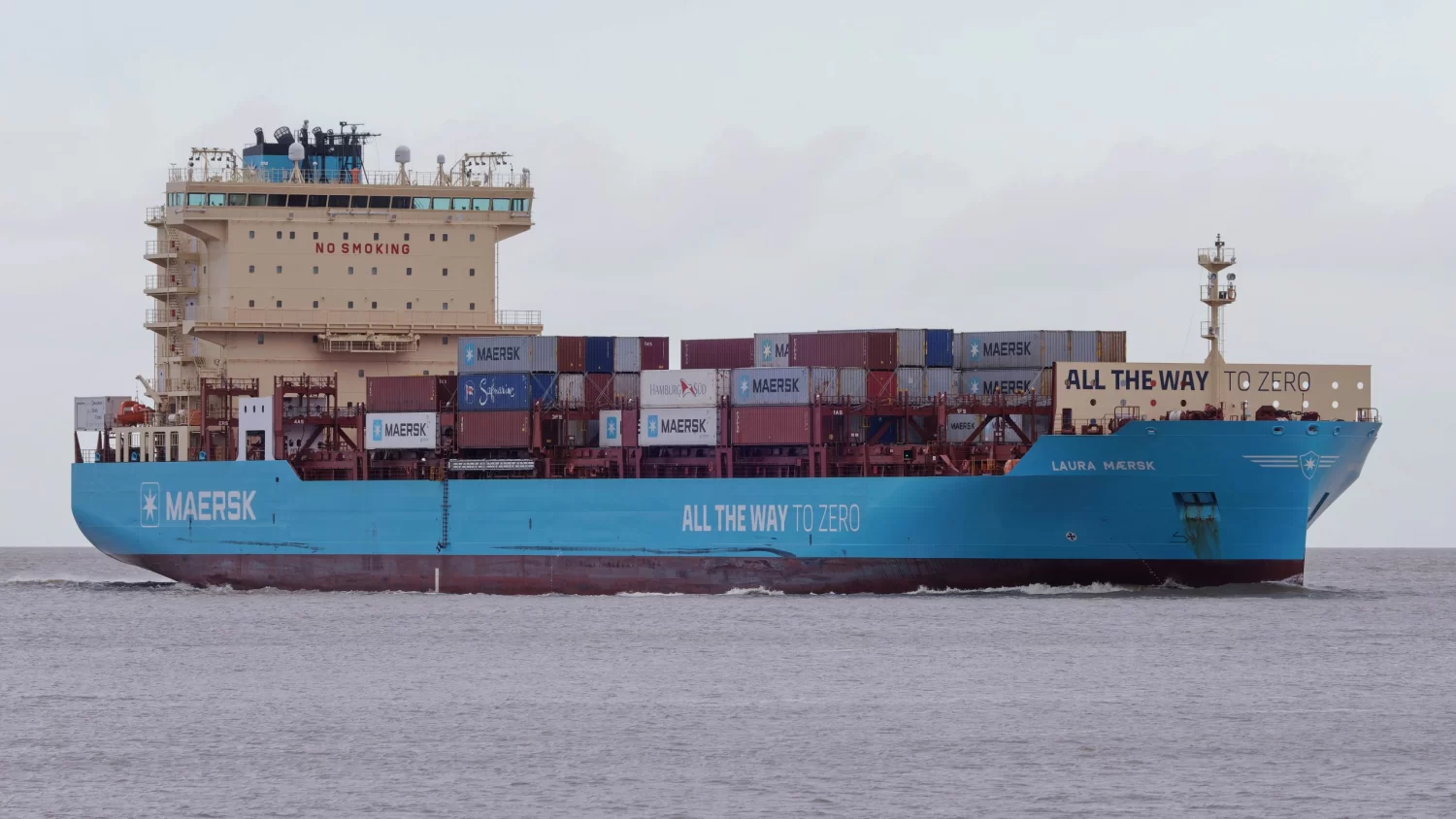
The feeder ship Laura Maersk passes Cuxhaven on December 30, 2023 on its way to the Kiel Canal.

